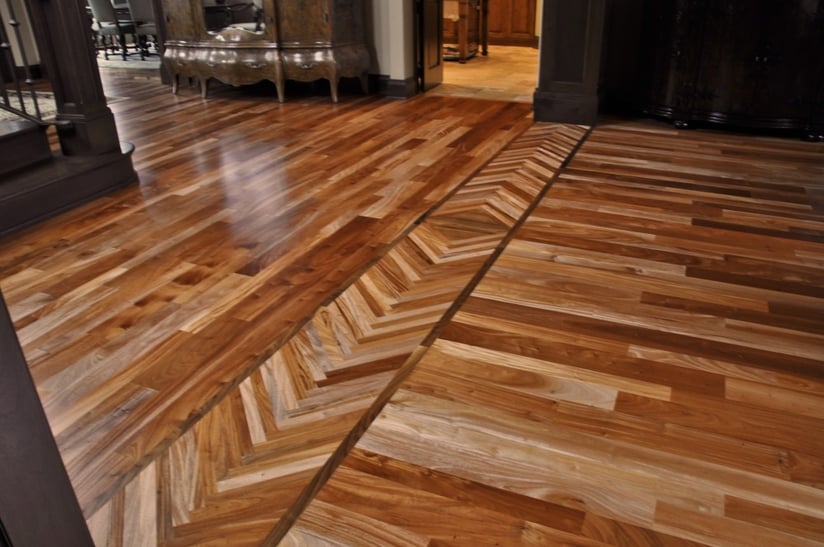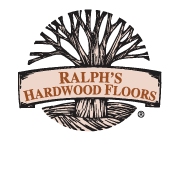 It’s not at all unusual for homeowners to want to add new hardwood flooring adjacent to an existing hardwood floor. But we’ve found that many people hesitate because they presume there’s no way to blend the new with the old.
It’s not at all unusual for homeowners to want to add new hardwood flooring adjacent to an existing hardwood floor. But we’ve found that many people hesitate because they presume there’s no way to blend the new with the old.
In most cases, that’s an incorrect assumption. Existing floors and old floors can be harmonized, and the transition between them can be virtually seamless.
Three factors should always be considered:
1. The species of wood used. Obviously, if you have two different species next to each other, the floors aren’t going to match. Even when we know the species, some woods, such as Red Oak, are easy to blend, whereas others, such as Maple, are more difficult.
2. The condition of the existing floor. Usually, it doesn’t matter if the existing floor is worn, because we can sand it at the same time we sand the new floor. However, some damage, such as large black spots caused by water, may not come out. And some homeowners don’t want us to sand the existing floor, making blending more difficult.
3. The age of the existing floor. Age can change the color of the wood. For example, Maple starts out blonde but over time becomes a light beige color—making it a challenge to blend new and old Maple floors. It can be done, however, by blending the two floors together using specialty cuts of Maple and using specialized staining/finishing processes that we have implemented over the past 50 years.
Matching isn’t always necessary
Now that we’ve talked about how nice it is to be able to blend old and new flooring, we’d be remiss if we didn’t point out that floors next to each don’t have to exactly match to work together well.
In some cases, a good match may not be possible, even with the most-skilled hardwood flooring experts working on the job. But don’t give up on new flooring! Contrasting floors can be beautiful and quite visually interesting.
In fact, some people seek out a contrast in order to differentiate rooms (e.g., between a living area and a kitchen) or just to mix things up.
To make the transition smooth between the contrasting flooring, you can use hardwood borders between the old and new flooring to make it clear that the contrast is intentional and to highlight the differing character of both floors.
Visit our showroom or give us a call to discuss how we can help you add new flooring next to old flooring in a way that you’ll love.















